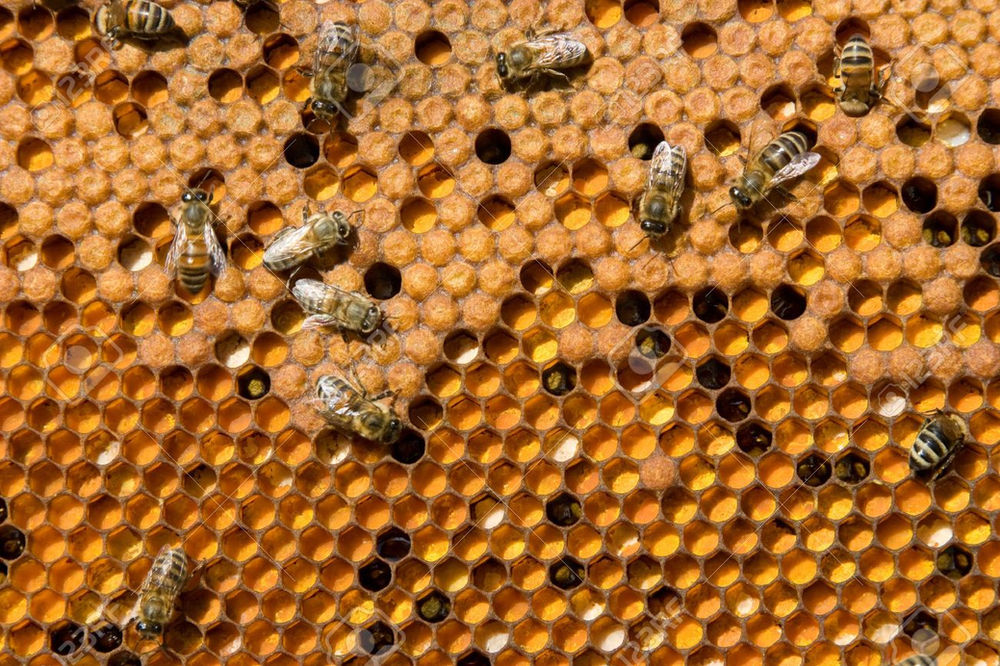

The lighthouse has been returned as much as possible to the way it would have looked in 1894. The interior and exterior of the lighthouse were repainted and the original wood floor of the workroom was uncovered and reconditioned. They also replaced and restored the tower's historic metalwork and masonry, installed new windows, and repaired the len’s rotating mechanism. Under the supervision of OPRD preservation architect Sue Licht, a team of more than 100 subcontractors and craftsmen, the majority of whom were from Oregon, removed cement stucco that had sealed in moisture so that the lighthouse could air out in the damp coastal environment. The Heceta Head Lighthouse closed to the public in August 2011 for restoration and repairs. The porch of the Queen Anne-style house underwent restoration in 1981. Forest Service, which had taken over management of the building. After the light was automated in 1963, the last keepers moved away, and the remaining house was leased to Lane Community College in 1970 by the U.S. The remaining keepers' house was a duplex that housed the first and second assistant lighthouse keepers and their families. The lighthouse keeper’s house was sold for $10, and dismantled for its lumber, which was used to build Alpha Bit bookstore-cafe in Mapleton, still in existence today. After electricity was installed in the lighthouse buildings, the position of head lighthouse keeper was no longer needed. The site originally included several other buildings - farm buildings and the single-family head lighthouse keeper's house, which was demolished in 1940, and was very similar in size and design to the remaining house. Heceta Head Light and Keepers Quarters was placed on the National Register of Historic Places in 1978 for its architectural and engineering significance. Two kerosene oil storage buildings - if one had caught fire, there was a secondary source.Houses for the head lightkeeper, the two assistant lightkeepers and their families.Completed in August 1893, the entire project cost $80,000 and consisted of: The lens system was made by Chance Brothers. Stones were brought from the Clackamas River and bricks came from San Francisco. Because of the site's seclusion, building materials were either shipped in, if the weather and tide permitted, or brought from Florence by wagon, the latter usually taking four to five hours. In 1892, a crew of 56 began construction on the site.


 0 kommentar(er)
0 kommentar(er)
